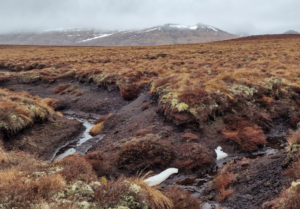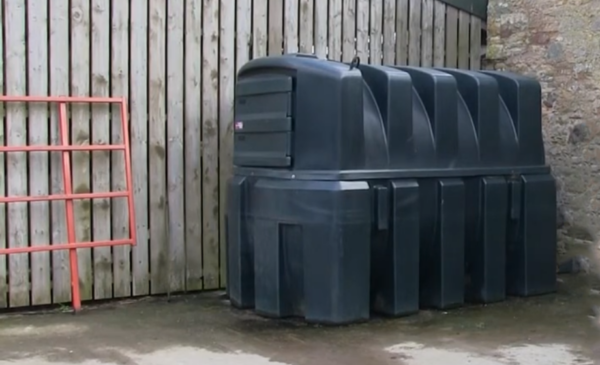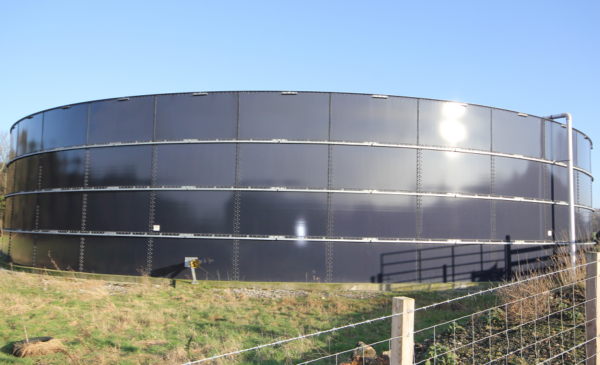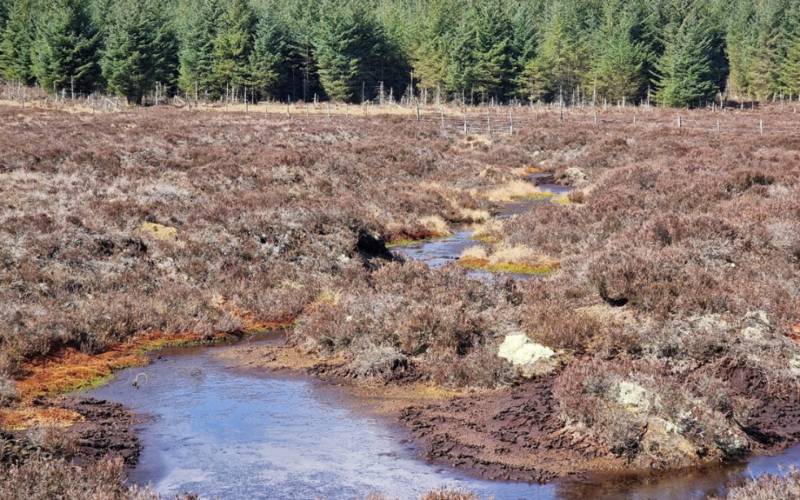From 1 January 2025, new cross-compliance requirements under Good Agricultural and Environmental Condition (GAEC 6 – Maintenance of Soil Organic Matter) will come into effect, focusing on peatlands and wetlands. These updates build on existing rules for rough grazing and semi-natural areas, aiming to protect Scotland’s peatlands and wetlands while limiting greenhouse gas (GHG) emissions.
Why Peatlands and Wetlands Matter
Scotland has around two million hectares of peatlands, three-quarters of which are degraded due to activities such as agricultural improvements, afforestation, extraction, and development. These activities harm peatlands by drying them out, exposing stored carbon to the atmosphere, and damaging the vegetation that stabilises the soil and supports biodiversity. As a result, degraded peatlands account for approximately 16 % of Scotland’s annual net GHG emissions. Conversely, healthy peatlands are vital for carbon storage, supporting unique habitats, and mitigating climate change by regulating water flow and reducing flood risks.
Definitions of Peatlands and Wetlands
To identify areas protected under the new rules, peatlands and wetlands must meet specific criteria: 
Peatlands:
- A peat depth of 50 cm or more.
- Coverage by semi-natural vegetation such as sphagnum mosses, cotton grasses, or dwarf shrubs (e.g., heather, blaeberry, crowberry, cowberry). Bare areas between vegetation types are included.
Wetlands:
- Uncultivated and semi-natural land.
- Dominated by wetland plant species.
A “Peatlands Areas” layer has been added to the Land Parcel Identification System (LPIS) viewer, which is accessible through the Scottish Government’s Rural Payments and Services online portal. This tool allows farmers and crofters to overlay the peatland data on their land for guidance. However, this dataset is a guide and not definitive. The new requirements apply only to areas meeting both parts of the definition, so any areas of arable or improved grassland that may appear within the Peatlands Areas layer would not fall under the new requirements. If there are any doubts either in terms of the peat depth or vegetative cover further checks will have to be carried out to establish whether your land falls under the definition of Peatland or wetland.
New Rules for Peatlands and Wetlands
Peatlands and wetlands now form a subcategory of rough grazing or semi-natural areas within GAEC 6 and have been integrated using a tiered approach:
- Top Tier: Maintains existing rules for ploughing, with the addition of restrictions on “cultivating” rough grazing or semi-natural areas, including peatlands and wetlands. Cultivating has been added as it is recognised that cultivation without first ploughing can have the same damaging effect as ploughing itself.
- Second Tier: Introduces specific prohibitions for peatlands and wetlands.
Prohibited Activities
The new requirements prohibit the following activities on peatland and wetlands, as these actions can lead peatland and wetland damage and degradation:
- Reseeding.
- New drainage or maintaining existing systems that dry out peatlands or wetlands.
- Applying pesticides, fertilisers (including manures), lime, or soil conditioners.
- Creating new roads or tracks, including vehicle rutting that exposes soil (normal ATV use for livestock checks is allowed, however, inspectors will assess the extent of any damage based on the vehicle, land type and damage. Existing tracks can continue to be used even if the soil is already exposed).
- Planting trees on peatlands or wetlands, or in areas affecting the hydrology of adjacent peatlands or wetlands.
- Damaging vegetation cover, e.g., through excessive poaching or trampling by livestock.
- Disrupting connections between wetlands and watercourses, causing them to dry out.
Note: Prohibited activities also apply to adjacent land if they cause equivalent damage, such as cutting a ditch adjacent to peatlands or wetlands that would drain water away to the same extent had the ditch been cut on the peatlands or wetlands.
Exemptions
Certain activities may be permitted under specific conditions, for example, the above-listed prohibited activities are allowed under the following specific circumstances:
- Peatland restoration projects, wind turbine installations, or permitted developments with prior written consent from Scottish Ministers.
- Domestic peat cutting.
- Spot pesticide applications for controlling injurious or invasive weeds, subject to prior consent and SEPA guidance near water.
- Maintaining active, partially revegetated drains (fully vegetated and obstructed drains cannot be cleared).
Responsibilities and Penalties
Farmers and crofters are responsible for adhering to cross-compliance rules on all land under their business, including seasonally rented land and common grazings, for the entire calendar year. This responsibility may extend before or after land transfers and includes actions by employees, family members, or third parties.
Breaches of these rules can result in penalties on support scheme payments, determined by the intent, extent, severity, permanence, and recurrence of the breach. Penalties range from warning letters to payment reductions.
By understanding and following these new requirements, Scotland’s farmers and crofters can play a vital role in protecting Scotland’s peatlands and wetlands, reducing emissions and ensuring sustainable land management practices.
Further information on the changes can be found on the Rural Payments webpage.
Related resources

Oil Storage: How to ensure you stay safe
Andrew Wallace, SEPA
Fuel and oil are essential resources for the daily operations of farms across Scotland, but…

Remote sensing: can it help water management on farm?
Jack Zuill, SAC Consulting
Efficient water management is vital for both productivity and sustainability in agriculture. Scottish farmers face…

Black Gold- Valuing Slurry as a Nutrient Source
Freya Lance, SAC Consulting
2024 saw a fresh round of AECS funding for slurry storage, which has allowed a…

